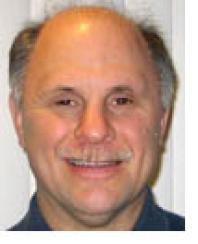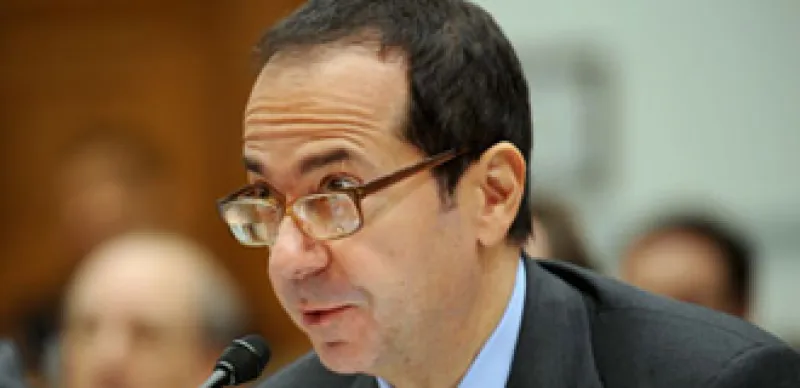
At the time, Paulson, who had toiled in virtual obscurity since founding his New York City–based hedge fund Paulson & Co. in 1994, was celebrated for shrewdly calling the collapse in the housing market and the subprime mortgage market.
He graced the cover of Alpha magazine at the time (now AR: Absolute Return+Alpha) touting his record personal earnings after he racked up a net return of 590 percent on his Credit Opportunity fund and 352 percent on his Credit Opportunity II limited partnership. The same year, another then-obscure hedge fund manager — Philip Falcone of Harbinger Capital Partners — made $1.7 billion shorting subprime mortgages.
However, today we find out that Paulson, at least, may not have been operating on a totally level playing field. According to a stunning SEC complaint announced Friday, the regulator charged Goldman, Sachs & Co. and one of its vice presidents for defrauding investors by misstating and omitting key facts about a financial product tied to subprime mortgages as the U.S. housing market was beginning to falter.
The SEC complaint alleges that Goldman created and sold a synthetic collateralized debt obligation (CDO) to Paulson that hinged on the performance of subprime residential mortgage-backed securities (RMBS). However, the investment banking giant failed to disclose the role that Paulson played in the portfolio selection process and the fact that the hedge fund had shorted the RMBS portfolio it helped select by entering into credit default swaps with Goldman Sachs.
The SEC alleges that Paulson & Co. paid Goldman to structure a transaction in which Paulson & Co. could take short positions against mortgage securities it had hand-picked, “based on a belief that those securities would experience credit events.”
In other words, according to the SEC, after participating in the portfolio selection, Paulson & Co. effectively shorted the residential mortgage-backed securities portfolio it helped select, using credit default swaps from Goldman as protection on specific layers of the CDO known as ABACUS 2007-AC1. “Given that financial short interest, Paulson & Co. had an economic incentive to select RMBS that it expected to experience credit events in the near future,” the SEC states.
Paulson made $1 billion on the deal, according to the SEC.
Notably, Paulson was not sued by the SEC, which can only bring civil cases. “We charged those that we felt were appropriate based on the evidence,” Robert Khuzami, enforcement director at the Securities and Exchange Commission, said during a conference call. “Goldman made representations to investors, and Paulson did not.”
Paulson, who earned an MBA from Harvard Business School, landed his first Wall Street job as an associate at Leon Levy and Jack Nash’s Odyssey Partners. In 1984 he left for Bear Stearns, where he became a managing director in mergers and acquisitions. In 1988 he joined merger-arbitrage shop Gruss Partners as a general partner.
In 1994, he started his own hedge fund firm.
In 2006, Paulson created two funds, known as the Paulson Credit Opportunity funds, which took a bearish view on subprime mortgage loans by buying protection through credit default swaps on various debt securities.
Paulson made another $2 billion in 2008 and $2.3 billion in 2009.
Interestingly, after Paulson made his big bucks in 2007, one smart hedge fund manager told me he thought Paulson would be a one-trade wonder. Over the longer term, he bet that Falcone — who also cashed in big-time on the subprime market — would be more successful.
According to CNBC, an important source of the SEC’s investigation was Paolo Pellegrini, a key Paulson analyst who left the firm in December 2008 and subsequently started his own global macro hedge fund PSQR Capital. It was up 61.6 percent in 2009.
At the time, Pellegrini was widely credited with identifying the subprime bet for Paulson. And he was said to have made tens of millions of dollars, which he used, in part to buy a silver Ferrari F430 with a base price of $168,000 and a black $109,000 Audi R8, according to Bloomberg.
However, he did not earn enough to qualify for Alpha’s top-50 earners list for 2007, whose cutoff was $210 million.
Perhaps he always harbored resentment that he did not reap his fair share of the spoils.
Stephen Taub, who has covered the hedge fund industry for 30 years, is a contributing editor to Institutional Investor and Absolute Return-Alpha







